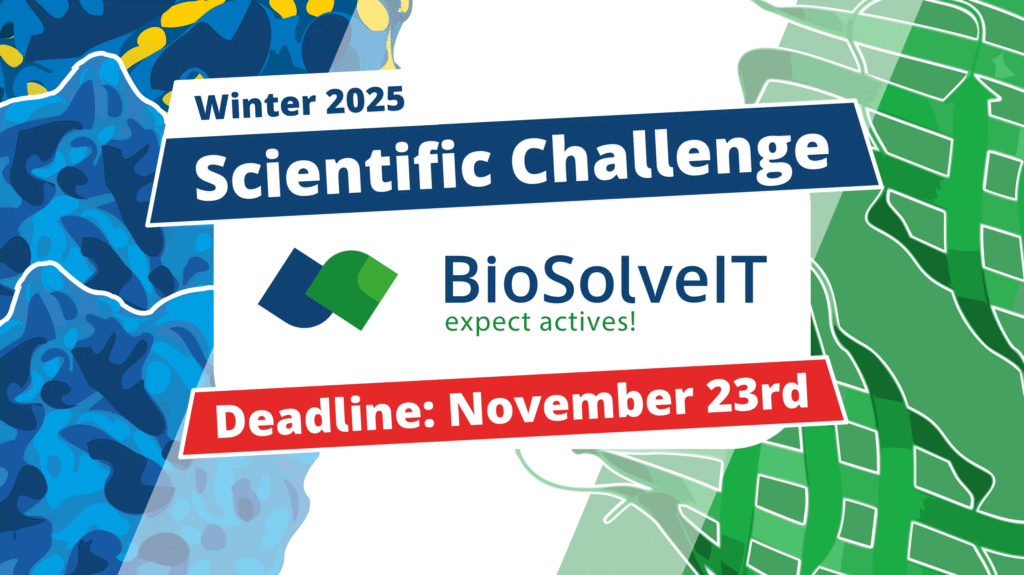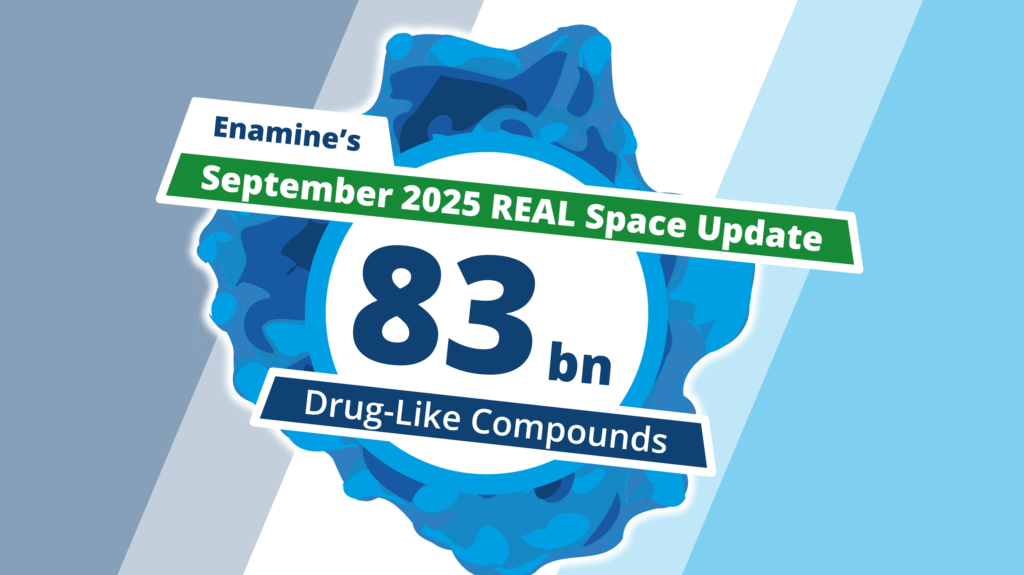One major goal of each drug design project is to obtain high affinity ligands for a certain target while maintaining selectivity over potential off-targets and thereby reducing side effects. That however proves to be challenging when facing a highly conserved binding site. Using the N-myristoyltransferase of Leishmania major and the human homologue as a model system, the molecular selectivity-determining features for different inhibitors were identified by computational and experimental methods. By understanding these features, novel selective inhibitors were identified and a guideline on the considerations to make when facing conserved binding sites is presented.








